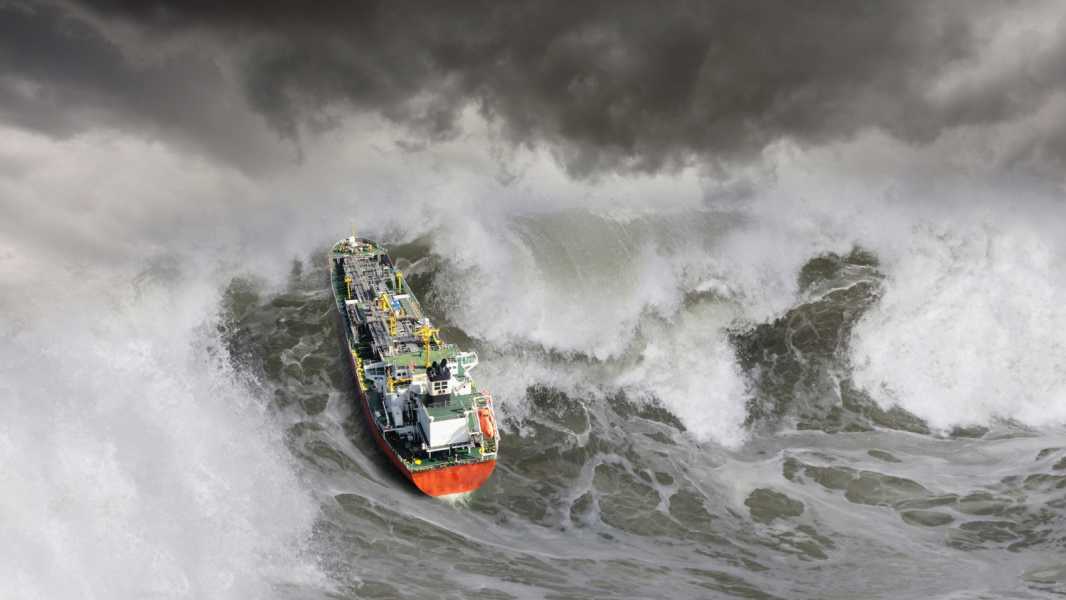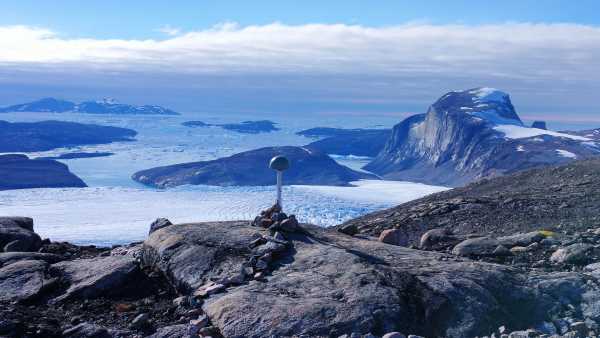
Scientists have studied 30,000 years of simulated time to assess the threat of tsunamis caused by underwater earthquakes off the coast of New Zealand.
Research suggests tsunami waves up to 92 feet (28 metres) high could hit parts of New Zealand in a worst-case earthquake scenario.
In the study, the scientists used a new approach to analysing simulated earthquakes to assess potential tsunami risks for New Zealand's North and South Islands. They found that the highest waves were most likely to strike along the north-east coast of the North Island. This is because the Hikurangi subduction zone, where the Pacific tectonic plate is subducting under the Australian tectonic plate, is located close to the coast.
“The time interval between the earthquakes and the tsunamis is extremely small,” study lead author Laura Hughes, a graduate student at Victoria University of Wellington, told Live Science.
Given New Zealand's proximity to subduction zones that can cause large earthquakes and, subsequently, tsunamis, it is important to be aware of the risks associated with these destructive waves.
Previous studies have relied on historical earthquakes to try to estimate future risk, senior author Martha Savage, a geophysicist at Victoria University of Wellington, told Live Science. But the historical record only goes back about 150 years. Geological studies can uncover evidence of older quakes, but the data is incomplete.
Instead, the researchers turned to a different method: synthetic earthquakes. This technique used computer models into which the researchers integrated all the known aspects of the geometry and physics of fault systems, including parameters such as fault locations and friction levels. They then simulated tens of thousands of years of earthquakes to figure out how often big events occur.
While the method is not perfect because the fault systems are not fully understood, it complements existing historical and geological data, Savage said.
“We can input different parameters that we think might exist and get a range of potential earthquakes and possible tsunamis that might occur,” Hughes said.
In a new study published November 29 in the journal JGR Solid Earth, scientists cataloged 30,000 years of simulated time focused on fault systems around New Zealand. The results revealed 2,585 earthquakes with magnitudes ranging from 7.0 to 9.25.
The model suggests that the Hikurangi subduction zone is the most dangerous source of tsunami-earthquakes around New Zealand, although the Tonga-Kermadec subduction zone, north of the North Island, can also generate large tsunami-causing earthquakes, but a little further offshore. The researchers were surprised that the tsunami hazard was associated with smaller faults known as crustal faults, rather than the subduction zones themselves, Hughes said.
“Yes, subduction zones are behaving as we expect,” she said, “but our Earth's faults also pose a significant threat that we need to consider as well.”
The team found that the maximum tsunami height is 92 feet, which could result from a magnitude 9.13 earthquake that struck about 394 miles (634 kilometers) northeast of Auckland in the South Pacific. By comparison, the Tohoku tsunami in Japan in 2011 produced a wave height of 130 feet (40 meters).
The results suggest that New Zealand can expect a tsunami of 16.4 feet (5 m) about every
Sourse: www.livescience.com





